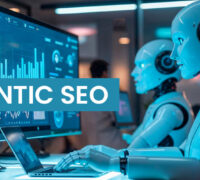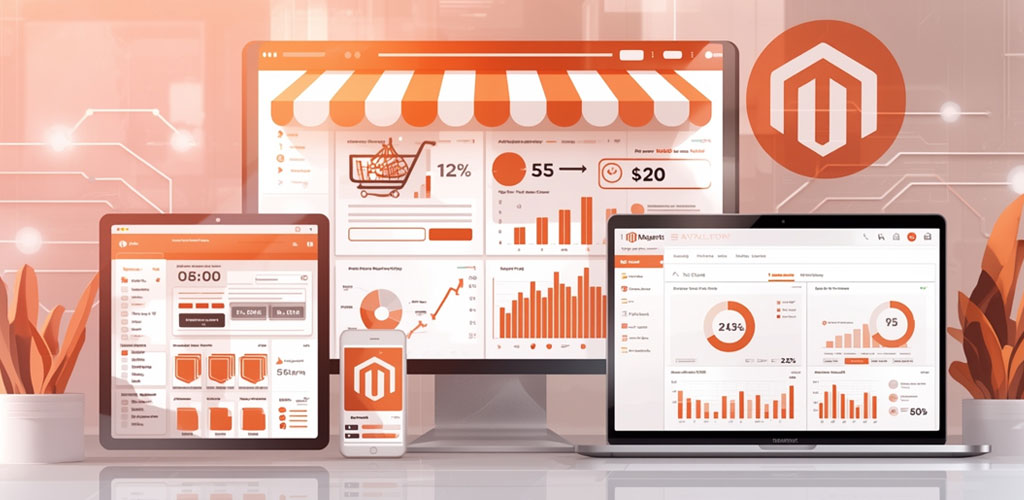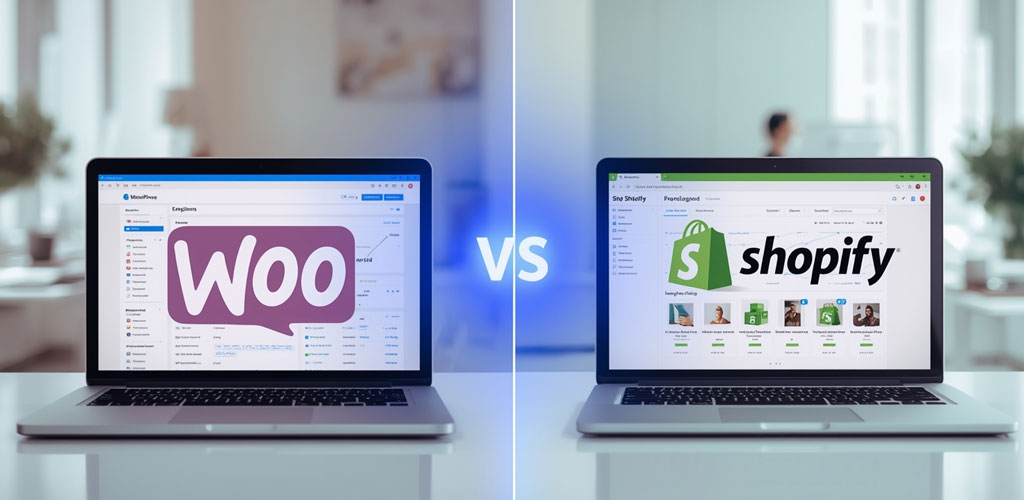Introduction
Shopify continues to redefine eCommerce experiences with every new update, and its latest release is no exception. In the most recent round of updates, Shopify introduced a powerful enhancement focused on improving multi-market selling experiences for merchants around the world. This update reflects Shopify’s ongoing mission to simplify cross-border commerce and offer greater flexibility for both sellers and buyers.
Enhanced Draft Orders for Market Pricing
The standout update this month centers on draft orders. Shopify has now enabled market-specific pricing support for draft order checkouts. This means that when a merchant creates a draft order for a customer, and the customer later changes their shipping address during checkout, Shopify will automatically adjust the product prices according to the new market’s pricing rules.
This change ensures consistent pricing across different geographical regions and market configurations. For example, if a customer initially places an order from the United States but updates their shipping address to Canada, the checkout will automatically reflect Canadian pricing. This level of precision eliminates the confusion that could arise from price mismatches and ensures transparency in every transaction.
Why This Update Matters for Merchants
This enhancement might seem subtle, but it has a big impact for businesses selling internationally. In today’s eCommerce landscape, merchants often operate across multiple countries, each with different tax structures, currencies, and pricing strategies. Prior to this update, merchants needed to manually ensure that pricing remained accurate when customers updated their addresses. Now, Shopify’s intelligent pricing system handles that automatically.
By integrating this feature into the Shopify Markets framework, the platform gives merchants more control over how pricing is managed and displayed. It’s a step toward reducing administrative effort, improving conversion rates, and minimizing disputes caused by unexpected price changes during checkout.
Improved Localization and Customer Experience
Localization has always been a cornerstone of effective eCommerce. Shopify’s new feature enhances this further by offering real-time adjustments that reflect local pricing structures. This not only improves the shopping experience but also builds trust with international customers who expect transparency in product pricing and shipping costs.
From a customer’s perspective, this means a smoother, more reliable checkout experience. There are no surprises when changing delivery details, and the displayed price always aligns with the correct market. This kind of seamless localization plays a key role in building long-term relationships with shoppers around the globe.
A Step Forward for Developers and Integrations
Shopify developers and app builders will also benefit from this improvement. Many custom checkout flows and B2B systems rely on draft orders to create personalized or negotiated pricing. With market-based recalculations now included, developers can ensure that their integrations provide the same pricing accuracy as Shopify’s default checkout process.
This helps in maintaining pricing integrity and reduces the need for additional coding workarounds. It also strengthens the reliability of Shopify APIs for international transactions, giving developers the confidence to build more complex, global-ready solutions.
Shopify’s Ongoing Focus on Global Commerce
This update reflects a broader pattern in Shopify’s 2025 roadmap — an emphasis on smarter automation and global scalability. Throughout the year, Shopify has introduced several features designed to help merchants expand internationally, including AI-powered tools, better analytics, and enhancements to the Markets dashboard.
The new draft order pricing feature may seem like a small update, but it aligns perfectly with Shopify’s long-term goal: to make selling across multiple markets effortless and consistent. It eliminates one more layer of complexity for global sellers, allowing them to focus on growth rather than backend adjustments.










